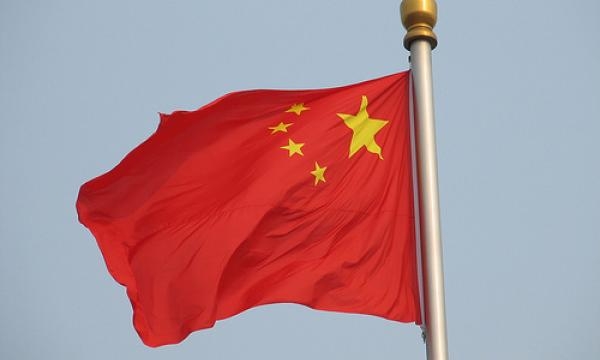
China to trim minimum bank reserves in July
The move will release liquidity valued at around US$100b to support the economy.
The People’s Bank of China (PBoC) will implement a 50 basic point (bps) reduction in the reserve requirement ratio (RRR) for Chinese commercial banks starting 5 July. The estimated liquidity worth US$100b (RMB 700b) that is set to be released from the move will support the economy and cool down the sharp deceleration in the next quarters, BMI Research noted.
The firm believes that the RRR cut does not move away from the government’s objective of controlling financial risks by controlling debt growth.
“In light of weakening investment growth and rising trade tensions, more RRR cuts are likely, and therefore, we expect the Chinese yuan to remain under pressure,” BMI research said.
The previous RRR cut of 100 bps in April resulted to a net injection of RMB400b (US$61.05b). It was implemented to support small businesses and ensure sufficient liquidity for China.
Also read: Beijing's risk-curbing measures could dent household loan growth
“This suggests that the RRR for large and medium banks will be lowered to 15.5% while that of smaller banks will be reduced to 13.5%,” the firm commented.
The central bank maintains two considerations regarding the RRR cut and have been stressing the government’s balancing act of controlling financial risks due to elevated debt and ensuring that growth is above its 6.5% target in 2018.
First, the five state-owned and 12 joint-stock banks will allow about RMB500b worth of released funds will use it to conduct debt-for-equity swaps (DES). These banks are not allowed to conduct DES for ‘zombie companies’ and the programme can only be available for firms seeking to improve their operations and push forward with mixed ownership reforms.
“In our view, easing monetary conditions does not represent a complete reversal in the Chinese government’s attempts to ‘deleverage’ the economy,” BMI said.
The research firm adds that the move is still in line with China’s aims of reducing systemic financial risks in the economy as the authorities relieve stress on companies that are attempting to improve their competitiveness by reducing their debt burden.
























 Advertise
Advertise






